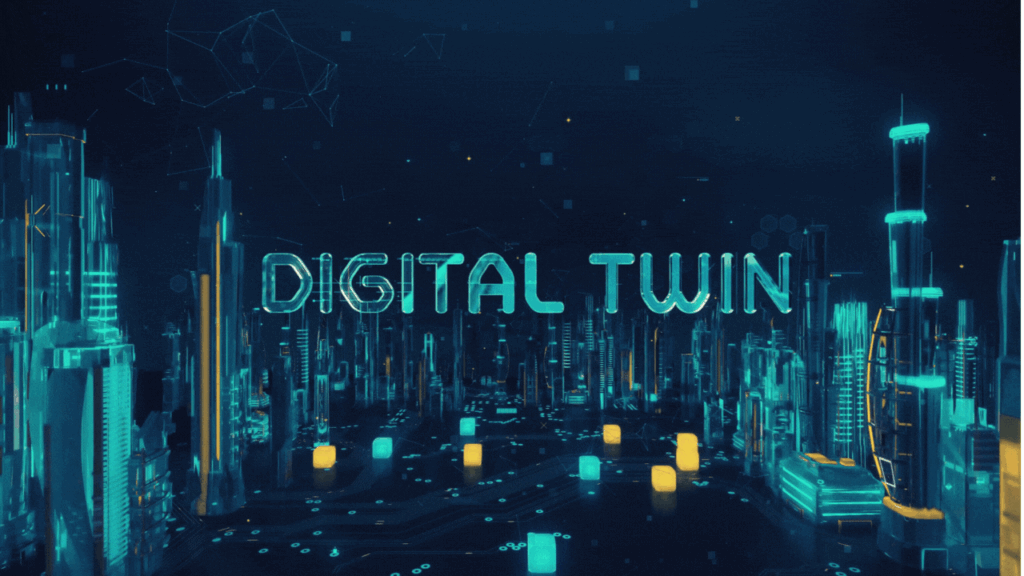Building information modelling (BIM) methodologies and processes are increasingly helping organizations by creating a digital representation of assets, and at the same time delivering robust, efficient, and innovative working models.
Building Information Modeling (BIM)
Establishing a Clear Project Vision with BIM
BIM has become a valuable tool for modernizing operations and connecting any information and ideas between different stakeholders e.g. on a construction site, but it falls short in demonstrating its value through an asset’s lifecycle!
So BIM helps us to establish a clear project vision before the design of the project even begins, or work starts on the site. However, to continuously deliver greater value beyond design and construction, collaborative data models and real-time insights are necessary!
Digital Twins: The Solution
This is where digital twins excel and become extremely useful. Digital twins use BIM data to display in detail the mapped-out assets, spaces, and systems used within a building. They provide valuable insights into how assets work, track their history and coalesce project data with updated performance information.
How Digital Twins Enable Predictive Maintenance
Digital twins are rapidly gaining popularity across various industries as their potential benefits become increasingly evident. This cutting-edge technology combines various technologies, including IoT sensors, 3D CAD files, and augmented reality, to create a comprehensive ecosystem. The continuous data feeding of digital twins makes predictive maintenance a feasible and practical solution.
Monitoring Equipment at a Component Level
With digital twins, sensors can monitor equipment or systems at a component level, enabling detailed analysis of their operation. If a component fails, this information is recorded and communicated by the digital twin to the system processor. Over time, patterns emerge, allowing the digital twin to predict with greater accuracy when and where the next failure will occur.
Increased Uptime and Productivity
Predictive maintenance offered by digital twins enables industries to utilize their data to increase customer uptime. By understanding the limits of equipment performance through predictive data, organizations can unlock several business benefits, including increased ROI, productivity, and customer satisfaction. By fixing equipment before it fails, businesses can serve more customers, leading to higher renewal rates and better net promoter scores.
Continuous Learning and Adjustment
The benefits of digital twins extend beyond predictive insights. Organizations can use data gathered over time to adjust their equipment’s workload without requiring expert technicians to monitor the equipment constantly. This ensures that equipment operates optimally, minimizing downtime and increasing efficiency.
Digital Twin City: Collaboration between Design and Construction Phases
While BIM stresses the best practices of building design, feeding data into a model, a digital twin takes the BIM data (design, construction, and operation), unifies and simplifies it for collaboration between the design and construction phases. This allows stakeholders to monitor and optimize the asset’s performance in real time, leading to greater efficiency and cost savings.
Conclusion
In conclusion, while BIM is an excellent tool for establishing a clear project vision, digital twins offer a more comprehensive solution by providing real-time insights into asset performance and enabling collaboration between the design and construction phases. With digital twins, stakeholders can continuously optimize asset performance throughout its lifecycle, making them an essential tool for modernizing operations and delivering greater value.


